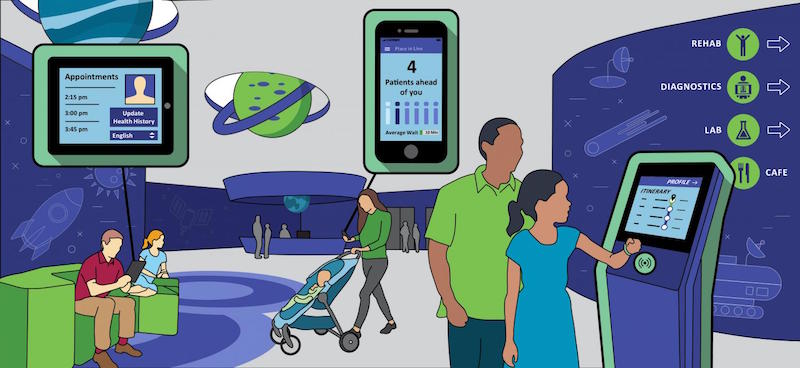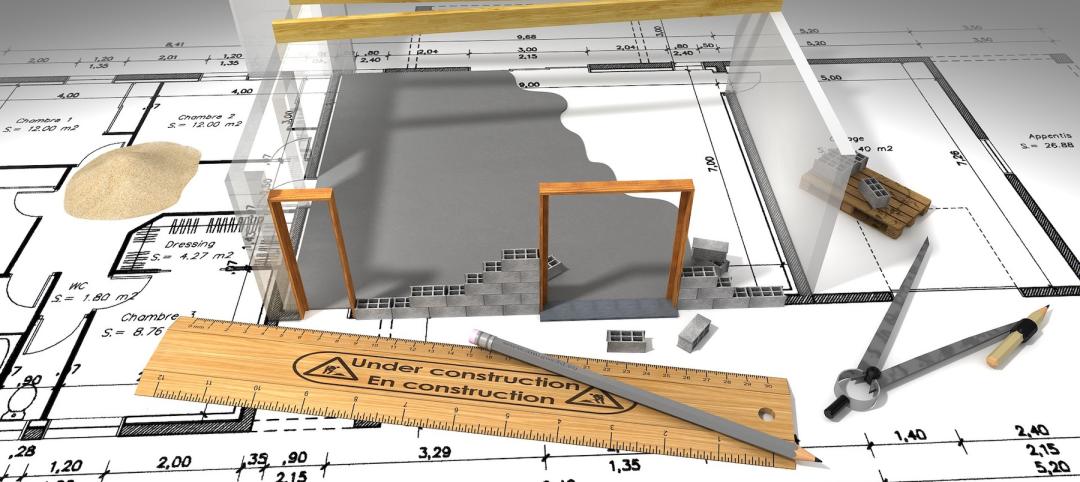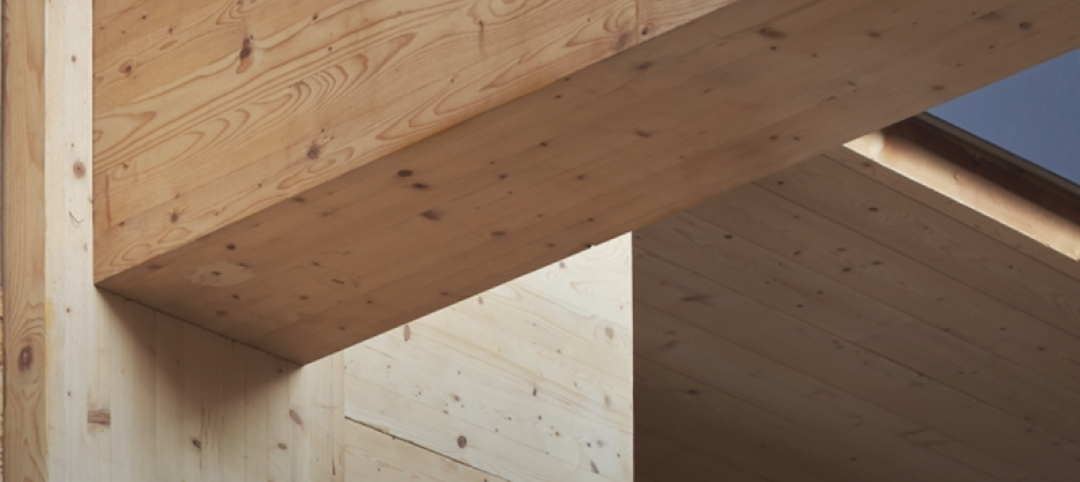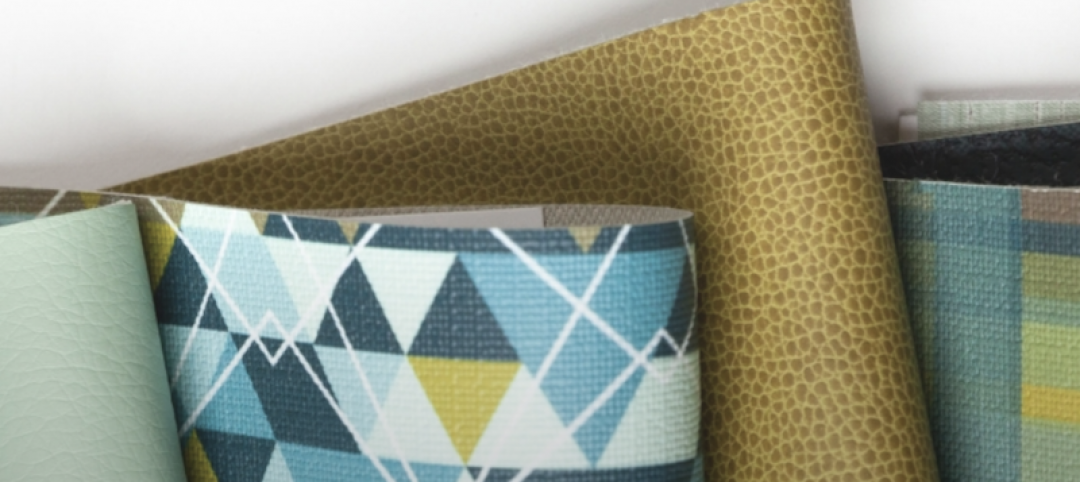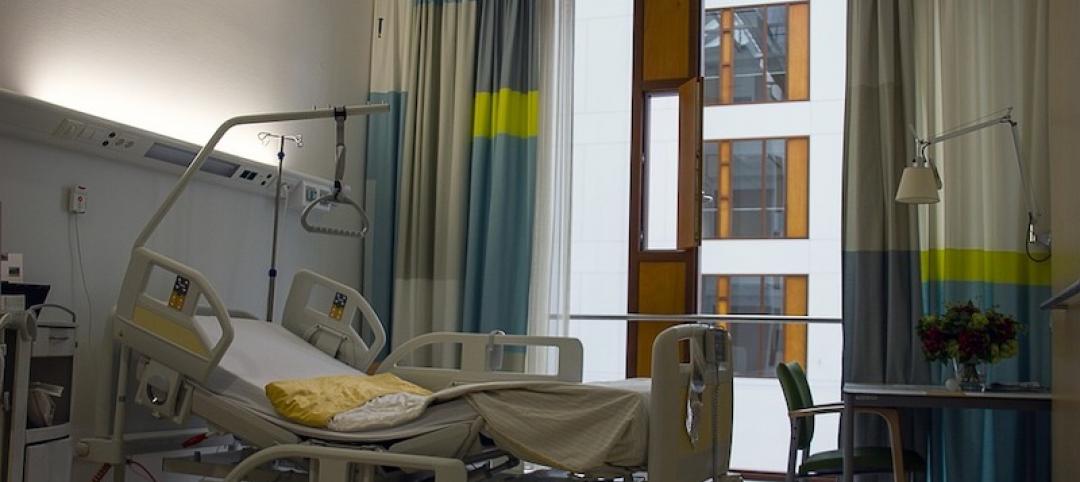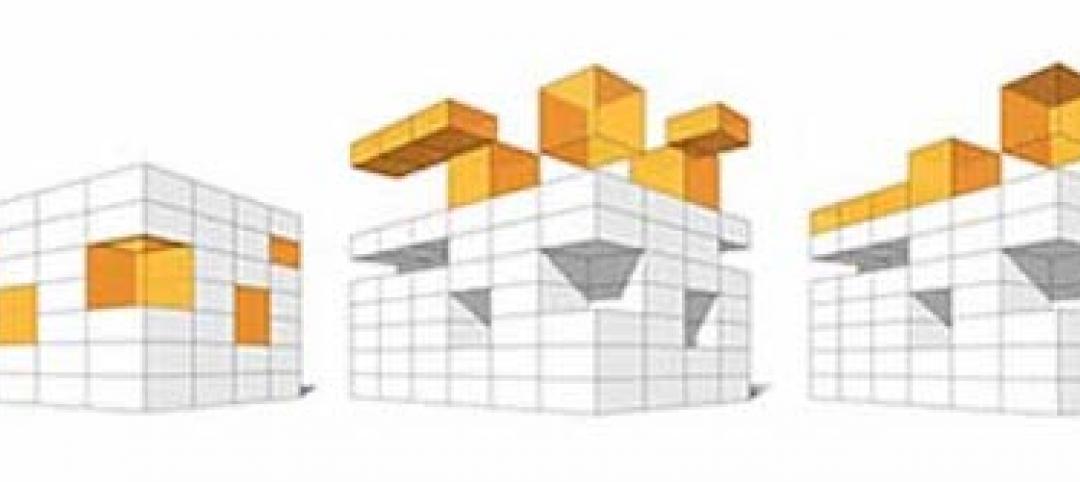Pediatric healthcare experiences can be disruptive for the whole family, no matter the seriousness of the condition. And though every family copes differently, the ultimate goal is always to restore a sense of “normalcy”.
Focusing on providing high quality healthcare should be a given. Patients and families expect this, but they also expect more from a healthcare experience. Pediatric experience design must evolve beyond the common mantra of “make it fun” or “make it look kid-friendly” – meaningful experience design must also address the uncertainties of having a child with a health condition while navigating a complicated healthcare system. Even more importantly, it must feel like an extension of normal life, from the way emotions are addressed to how quickly patients and families can get back to their daily lives.
To help pediatric care providers and designers drive this, we’ve compiled our top five experiential insights and opportunities.
1. INSIGHT: Kids and parents crave time optimization
Kids and parents would prefer not to have healthcare experiences at all. While this is unavoidable for most, designing experiences with this in mind means making every moment valuable and every interaction optimized.
Opportunity: Use patients’ and families’ time wisely
Families believe their care experience could be transformed if streamlined. Leverage the common organizational and end user goal of improving efficiency to save time at each non-clinical moment across the care journey. Eliminate or speed up check-in and waiting. Incentivize on-time appointments. Expedite check-out and going home. Conversely, allow for more time during the provider interaction to enable asking questions and reduce anxiety about concerns. If you could do only one thing, this is it.
2. INSIGHT: Challenges plague parents at many non-clinical steps
Parents want the best for their children and they work very hard to meet their kids’ needs. And while this is difficult to provide at home, it can be even more complicated within the healthcare system. Parents have difficulty scheduling appointments; protecting personal health information; navigating facilities with equipment, bags and children in tow; and finding accessible changing rooms for kids with special needs. The list goes on.
Opportunity: Make it a piece of cake
Making things ‘easier’ is, well, easier said than done. Start by putting yourself in the place of people with a variety of limitations (physical, cognitive, and situational). Walk your personas through interactions, space, and digital platforms. For example, how might someone in an extra large wheelchair navigate small spaces like restrooms and exam rooms? Test how a busy single parent might find an appointment that aligns with their schedule. List other problems specific to your circumstances and solve for your unique patient and family profiles.
3. INSIGHT: Kids and parents want to be treated like family AND experts.
Parents want the care experience to be oriented toward their kid’s needs. It is demeaning for kids to be talked about as if they are not in the room; to have to be changed on the floor; and to struggle to use bathroom facilities. Ask yourself: how would I want my own child or family member treated?
Furthermore, dealing with complex conditions makes anyone an expert in their own way. Kids, especially teens, and their caregivers are savvy about what's happening and want to be engaged in the care plan, included in care decisions, and provided access to pertinent information whenever they need or want it.
Opportunity: Give everyone a seat at the table
Incorporating empathy into every interaction, for every unique user, implies that no moment is an afterthought. In pediatric healthcare, balancing expertise with empathy is crucial for progress and future success – and means more than just collecting patient satisfaction data. Empathy should span the entire continuum – from scheduling, registration, and check-in to navigating follow-up and at-home care. It should drive where services are located and how they are delivered on- and off-campus.
4. INSIGHT: We all yearn to belong
Pediatric patient populations vary significantly, especially when it comes to a patient's ability to participate in their care journey. At the same time, kids, no matter the age, want to fit in – even more so when their medical condition isolates or stigmatizes them.
Opportunity: Bring home to the journey
In addition to providing age-appropriate environments and activities, develop a staff and care team as diverse as the patient population served. For pediatric departments within adult care health systems, ensure that kids and families feel welcomed upon entry—not just at the front door of the unit. Also, remember that little things make a big difference: a warm cup of coffee at the right moment might just be the most memorable part of someone’s journey.
5. INSIGHT: Difficult circumstances benefit from distraction and escape
Once you’ve successfully tackled empathy, ease, efficiency, and normalcy, then, and only then, can you start to address enjoyment in a pediatric healthcare experience. “Making it fun” doesn’t cut it. More to the point, it doesn’t go far enough. Pediatric environments are always buzzing with a diverse mix of ages, conditions, and circumstances.
Opportunity: Delight, surprise, and/or personalize whenever and wherever you can
To address this, get to know your users by creating digital profiles with their needs and preferences then testing solutions for them. Give kids and parents more control by allowing them to customize their journeys through multiple physical and digital check-in options, engaging facility wayfinding, and personalizing their room configuration and décor. Connect kids to their health information through tracking bands, progress visualization apps, and daily itineraries. “Gamifying” a child or teen’s experience has the potential to not only distract kids from the anxiety associated with a traditional healthcare visit but also encourages them to stay positively engaged.
Sometimes it takes a kid’s unabashed perspective to help us see the obvious. We found kids engaged through our work to be direct, insightful, and imaginative in their approach to problem finding and problem solving. In fact, we believe kids’ healthcare insights could go a long way toward improving adult patient experiences too. How might you engage kids to help you solve your biggest problems?
More from Author
HDR | Jun 30, 2022
Adopting a regenerative design mindset
To help address the current climate emergency, a new way of thinking across the entire architecture, engineering and construction industry is imperative.
HDR | Jan 11, 2022
Designing for health sciences education: supporting student well-being
While student and faculty health and well-being should be a top priority in all spaces within educational facilities, this article will highlight some key considerations.
HDR | Sep 28, 2021
Designing for health sciences education: Specialty instruction and human anatomy labs
It is a careful balance within any educational facility to provide both multidisciplinary, multiuse spaces and special-use spaces that serve particular functions.
HDR | Aug 20, 2021
Prioritizing children’s perspectives with play-based design charrettes
Every effort is made to assure that captured insights and observations are authentically from the children.
HDR | Sep 25, 2020
Performance-based textile cleaning and disinfection in the age of COVID-19
It is essential for both designers and environmental services to know the active ingredient(s) of the cleaning products being used within the facility.
HDR | Jan 27, 2020
Elevating the human experience in public realm infrastructure
Understanding the complexities of a community by pairing quantitative data and human needs.
HDR | Oct 2, 2019
Why mass timber?
In a world where the construction industry is responsible for 40% to 50% of CO2 emissions, renewable materials, such as wood, can help mitigate the rate of global warming.
HDR | Aug 23, 2019
5 converging trends for healthcare's future
Our solutions to both today’s and tomorrow’s challenges lie at the convergence of technologies, industries, and types of care.
HDR | Dec 18, 2018
Redesigning the intergenerational village: Innovative solutions for communities and homes of the future
Social sustainability has become a central concern in terms of its effect that spans generations.

